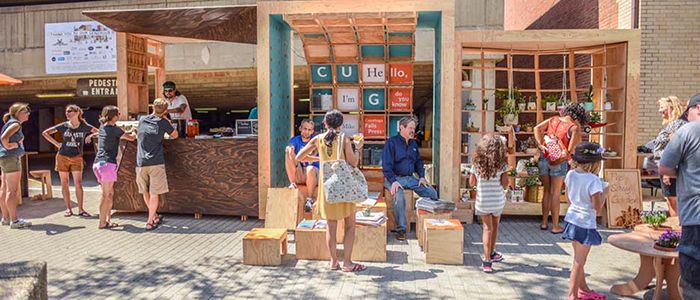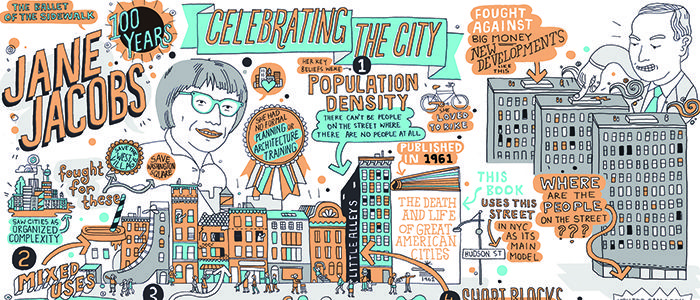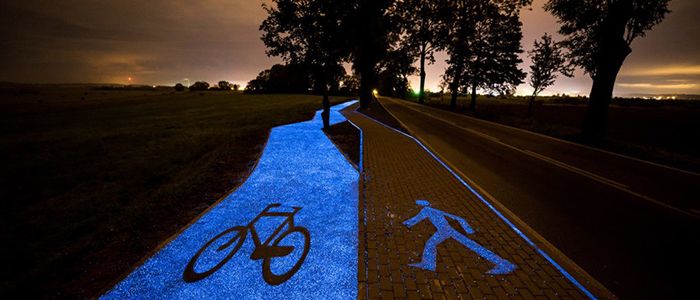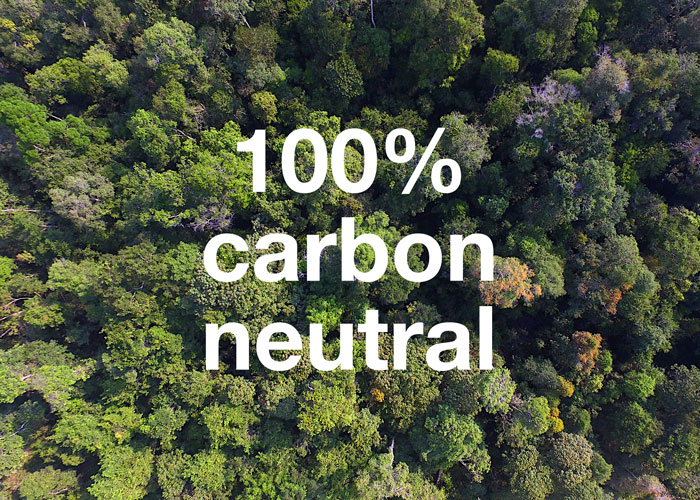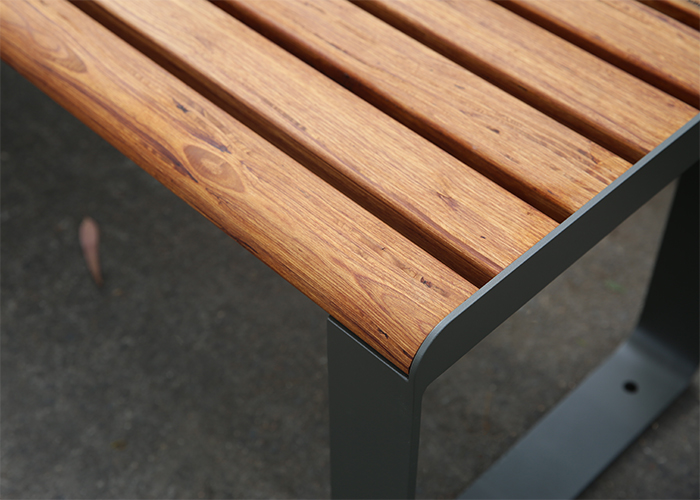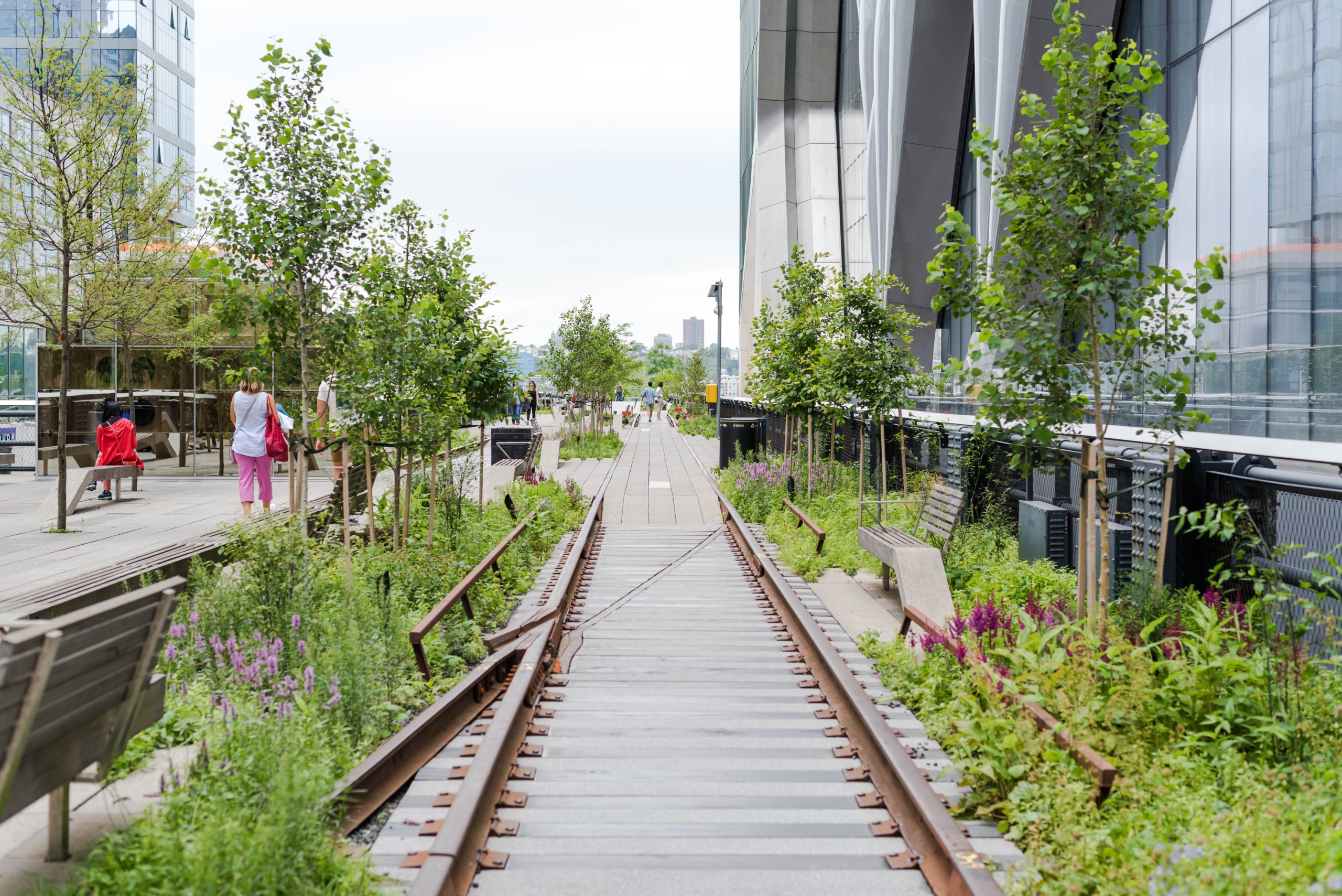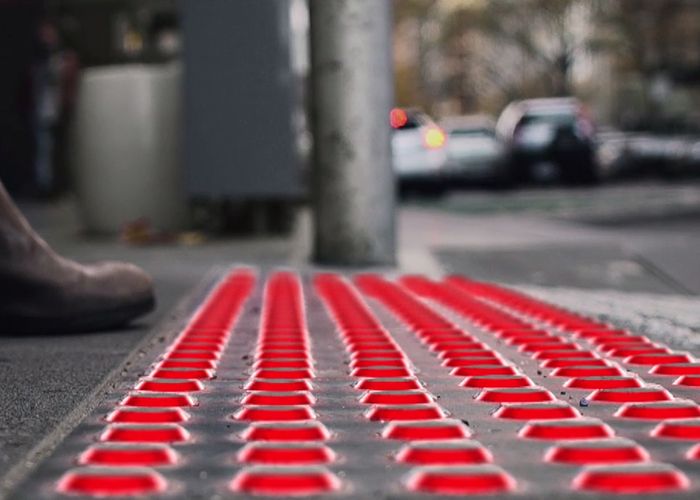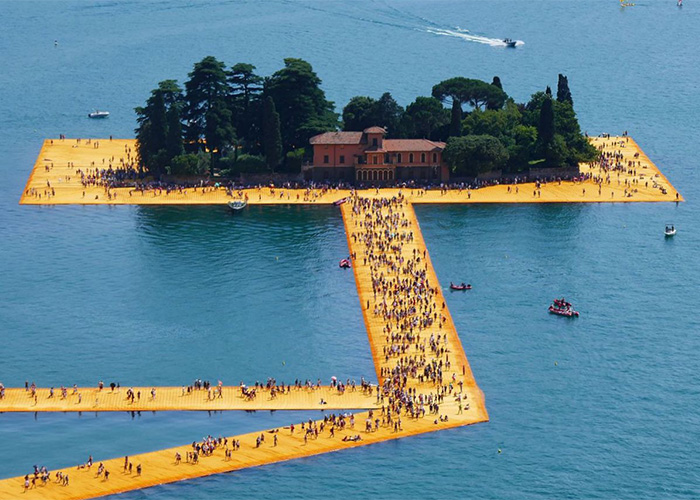Print-it-yourself street furniture
Inspired by WikiHouse, an open-source, easy-to-assemble home, Better Block has launched WikiBlock, an open-data hub with a library of print-on-demand placemaking tools.
Users can download free plans and assembly manuals for a collection of 29 objects including stages, kiosks, planters, benches and tables.
Builders bring the PDF and sheets of plywood to a makerspace and use a CNC router to cut out the pieces, which usually pop into place with a few smacks from a rubber mallet – no need for screws, nails or glue.
Read more at City Lab.
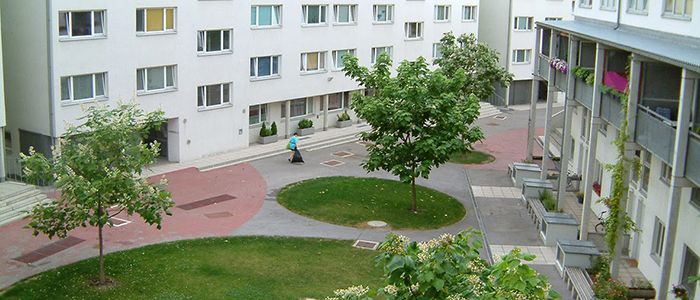
How to design a city for women:
City Lab tracks efforts in Vienna, Austria, to improve women’s experience of living in the city since the nineties – backing each proposal with a social study.
Urban planners have been melding ‘gender mainstreaming’ and city design in Vienna for more than two decades now, and City Lab says they have it down to something of a science.
Before a project gets underway, data is collected to determine how different groups of people use public space and the rationale for the new development.
For example, following a study of children in parks, which found that girls disappeared from the space after age nine, the city redesigned two of its parks.
They added footpaths for better accessibility and volleyball and badminton courts for a wider variety of activities.
Landscaping was also used to subdivide large, open areas into semi-enclosed pockets of park space.
Almost immediately, city officials noticed a change. Different groups of people, girls and boys, began to use the parks without any one group overrunning the other.
Photo: Franziska Ullmann.
The great imbalance:
The Project for Public Spaces (PPS) brings us the transcript of a speech from placemaking pioneer Jane Jacobs, who addresses a so-called “great imbalance” in the economics of funding the public realm.
Jacobs’ writing and activism changed the way many people understand city planning and economics, says PPS, and gave ordinary people the license they needed to trust their own experiences and insights.
Though she delivered the speech 1964, PPS says an embarrassment of riches for designing and building things and a dearth of support for managing, running and adjusting things, remains intact, and is pertinent to placemaking today.
Image: An Illustrated Guide to Jane Jacobs by James Gulliver Hancock.
Glowing blue bike lane:
Poland has unveiled a new bike path that glows bright blue at night.
The lane is illuminated by phosphor, a synthetic material charged by sunlight.
Inhabitat says the path near Lidzbark Warminski can emit light for around 10 hours. It is intended to improve the safety of cyclists by night.
Photo: TPA Instytut Badan Technicznych.
